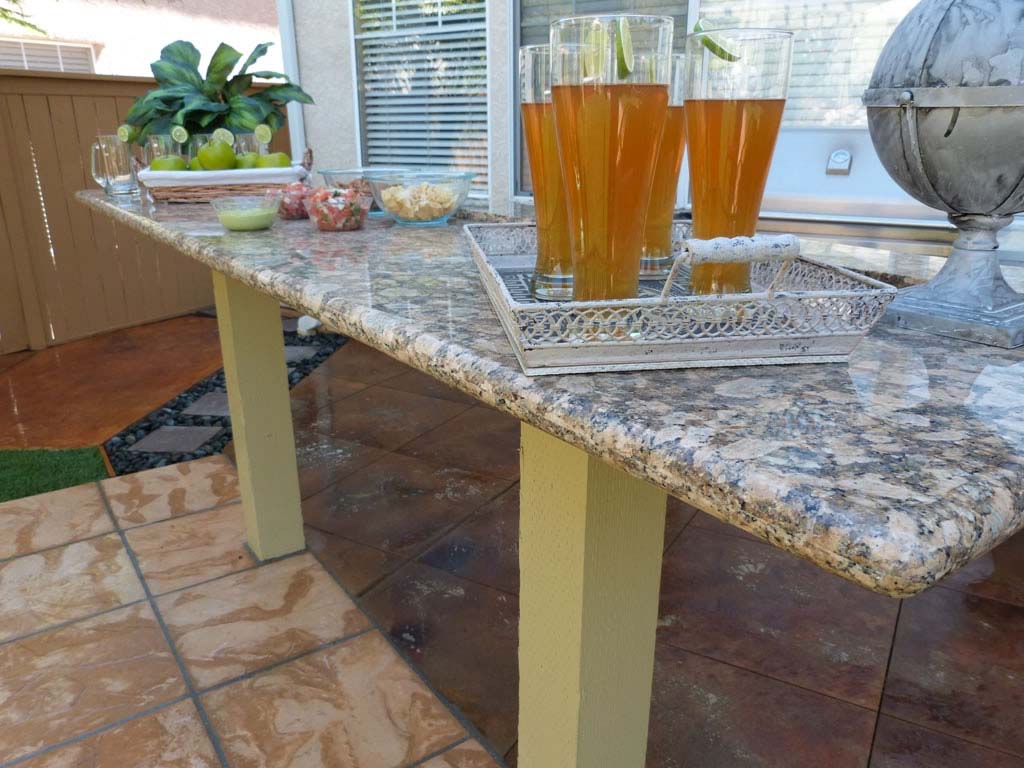Granite Tile Maintenance
Granite is an igneous rock formed from volcanic activity. Granite tile remains a popular flooring choice because of its overall resiliency, strength, and number of unique color options. Our premium surface granite tile selection offers over 50 color patterns. We have the perfect granite tile for every flooring project, whether it is for residential or commercial use.
PRESERVING THE BEAUTY OF YOUR GRANITE
Dust Mopping: Dust mop interior floors frequently using a clean non-treated dry dust mop. Sand, dirt and grit are abrasive and can damage natural stone.
Mats/Rugs: Mats or area rugs inside and outside an entrance will help to minimize the sand, dirt and grit that may scratch the stone floor. Be sure that the underside of the mat or rug is a slip resistant surface.
Vacuum Cleaners: If used, be sure the metal or plastic attachments or the wheels are not worn as they can scratch the surface of some stones.
Spills: Blot the spill with a paper towel immediately. Don’t wipe the area, it will spread the spill. Flush the area with water and mild soap and rinse several times. Dry the area thoroughly with a soft cloth. Repeat as necessary.

CLEANING
- Rinse the surface thoroughly after washing with the soap solution and then dry with a soft cloth.
- Change the rinse water frequently.
- In the bath or other wet areas, soap scum can be minimized by using a squeegee after each use. To remove soap scum, use a non-acidic soap scum remover or a solution of ammonia and water (about 1/2 cup ammonia to a gallon of water). Frequent or over-use of an ammonia solution may eventually dull the surface of some stone types.
- In outdoor pool, patio or hot tub areas, flush with clear water and use mild bleach solution to remove algae or moss.
CLEANING PRODUCTS
- Many suppliers offer products used for stone cleaning.
- Products containing lemon, vinegar or other acids may dull or etch calcareous stones.
- Scouring powders or creams often contain abrasives that may scratch certain stones.
- Many commercially available rust removers (laundry rust stain removers, toilet bowl cleaners) contain trace levels of hydrofluoric acid (HF). This acid attacks silicates in addition to other minerals. All stones, including granite and quartzite, will be attacked if exposed to HF.
- Do not mix ammonia and bleach. This combination creates a toxic and lethal gas.
SEALING
Sealing is a common step taken on some stones as an extra precaution against staining. In fact, the sealing products used in the stone industry are “impregnators” which do not actually seal the stone, but more correctly act as a repellent rather than a sealer. Sealing does not make the stone stain proof; rather it makes the stone more stain resistant.
When consulting with your stone supplier, you may find that many stones do not require sealing. However, applying an impregnating sealer is a common practice.
When considering sealing, remember that sealing the stone does not make the stone stain proof; it makes it more resistant to staining. If a sealer is applied in a food preparation area, be sure that it is non-toxic and safe for use.
Consult with your supplier or sealing manufacturer specific to the type of sealer and frequency of use recommended.




